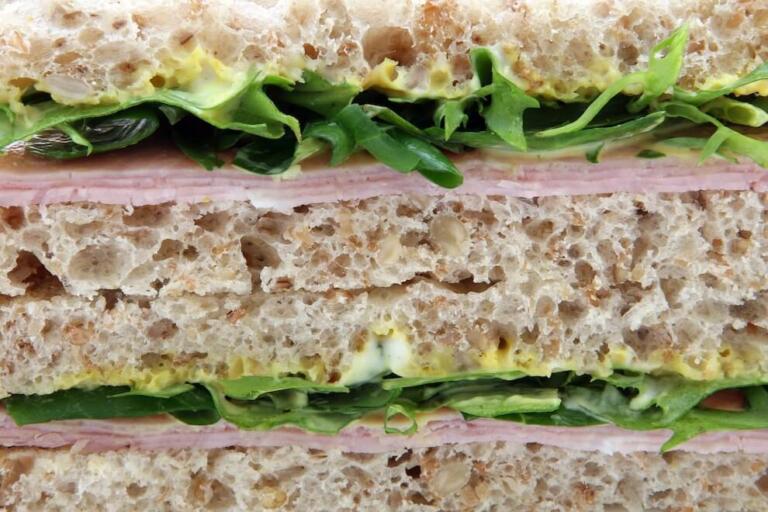Getting a puppy comes with a huge amount of responsibility, like crate training even if at first, we only see the cute face. As cute as they might be when we first lay eyes on one, taking care of a young puppy can be equivalent to caring for an infant child.
First considerations
The very first thing puppy owners want to do is house-train it. This basically amounts to teaching it how to do its business outside. A puppy that has spent 8 weeks with its littermates and its mother will have already been thought not to go on its bed, or near where the food is. Using these two places a new puppy owner can teach a dog where to go.
Crate training and its uses
A crate is a very good tool to use with a new dog. Many people have concerns as to the use of a crate, believing it causes the dog distress. Depending on the dog’s personality as well as how the crate is introduced, it can pose some sort of harm. There are a few factors to avoid when trying to crate train a dog.
Firstly, the size of the crate, it needs to have enough space for the specific breed of puppy you get. This so he may have enough space to sit and sleep comfortably. It requires a little research so as to know how big the doggy will grow. Staying confined in a cage is hard enough so to have it too small would be even harder.
Secondly, time is a thing to keep in mind. Leaving a pooch for too long in a crate can cause them emotional discomfort.
Thirdly, taking off the doggy collar and or harness is also a must. This so that there may be no danger of entanglement and suffocation.
Crate training – a useful tool
All that out of the way, the crate is a very good tool to help direct a puppy’s behavior. Having his own space to sleep, eat, and just generally make himself comfortable is a good thing to teach a puppy. When starting to crate train a puppy try and make the crate look like the most exciting place to be.
Tempt him with some treats, feed him his meals in the crate. Put in some of his favorite toys, his bed, a snuggling blanket. This way he will have as many positive associations with the crate as possible.
Leaving the dog in a crate for a while, especially in the beginning while you do some chores or grab a few groceries is a good way to keep him safe while away. Leaving him alone for too long is not a beneficial way to adapt him to the crate. So just a very limited amount of time should be fine.
This too depends on the doggy’s personality, if he really shows signs of hating being in the crate, don’t force it upon him, he might see it as a punishment. Just make sure he cannot reach anything that might harm him and ensure he has fresh water and toys to play with.
Crate training at night
Nighttime crate training to help the dog sleep through the night can be a little difficult. Teaching him to sleep in his little den will keep him safe and calm, especially if you want to avoid letting him sleep on your bed.
Once he gets used to it, the door can be left open during the night to leave him the option to get out and stretch. For a safer nighttime routine, the crate can be installed at the opening of a puppy pen, this way the dog can have some extra space and still be safely enclosed during the night.
Conclusions
There is never a simple option to any of the dog training new dog parents would have to do but sometimes a puppy will surprise with either how easy they get something hard or how hard they get something easy.



1 Comment